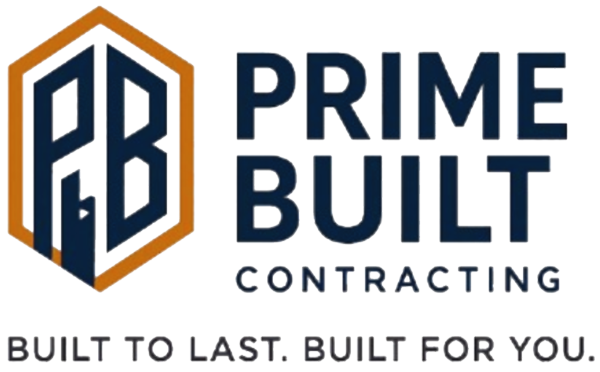Guidelines for Construction Site Security
Construction sites often house valuable equipment, materials, and tools — all of which can be tempting targets for theft or vandalism. Beyond financial loss, security breaches can disrupt project timelines and pose serious safety risks. That’s why adopting construction site security best practices isn’t optional; it’s a vital part of effective project management.
Begin by conducting a thorough construction site risk assessment before any work starts. Identify where materials will be stored, where machinery will be parked, and the locations of access points. This detailed evaluation highlights the site’s most vulnerable areas, allowing you to focus security resources strategically — from fencing and lighting to surveillance cameras and patrols.
Physical security measures form the backbone of securing construction sites. Install durable fencing to establish a clear perimeter and use controlled entry points to limit unauthorized access. Lockable containers help protect valuable materials, while motion-activated lighting deters intruders after hours. High-resolution surveillance cameras not only monitor daily activity but can provide crucial evidence in case of an incident.
Equally important is managing site access carefully. Implement visitor logs, ID badge systems, or electronic access controls to track who enters and exits the site. Ensure that workers and subcontractors understand site security protocols, such as reporting suspicious behavior and securing tools at the end of each shift. A culture of shared responsibility supports broader construction site theft prevention efforts.
Leverage modern technology to enhance your construction security approach. GPS tracking devices on high-value equipment, smart locks on storage units, and real-time remote monitoring add layers of protection beyond on-site personnel. Immediate alerts from these systems allow project managers to act quickly if a breach is detected, helping reduce potential losses.
Finally, remember that construction site security isn’t static. Regularly review and update your security plan as the project evolves. As work areas change and new materials arrive, new vulnerabilities can appear. By adapting security measures over time, you help safeguard assets, maintain project schedules, and ensure a safer working environment from start to finish.



xbuild
August 11, 2024This is exactly what I needed! Your post addressed some of the challenges I’ve been facing, and your solutions are spot on. The examples you provided were clear and relatable. I’m excited to put this knowledge to use—thanks for the valuable insights!
xbuild
August 11, 2024Thank you! I’m glad the post was helpful for you. If you have any more questions as you apply the ideas, don’t hesitate to ask!